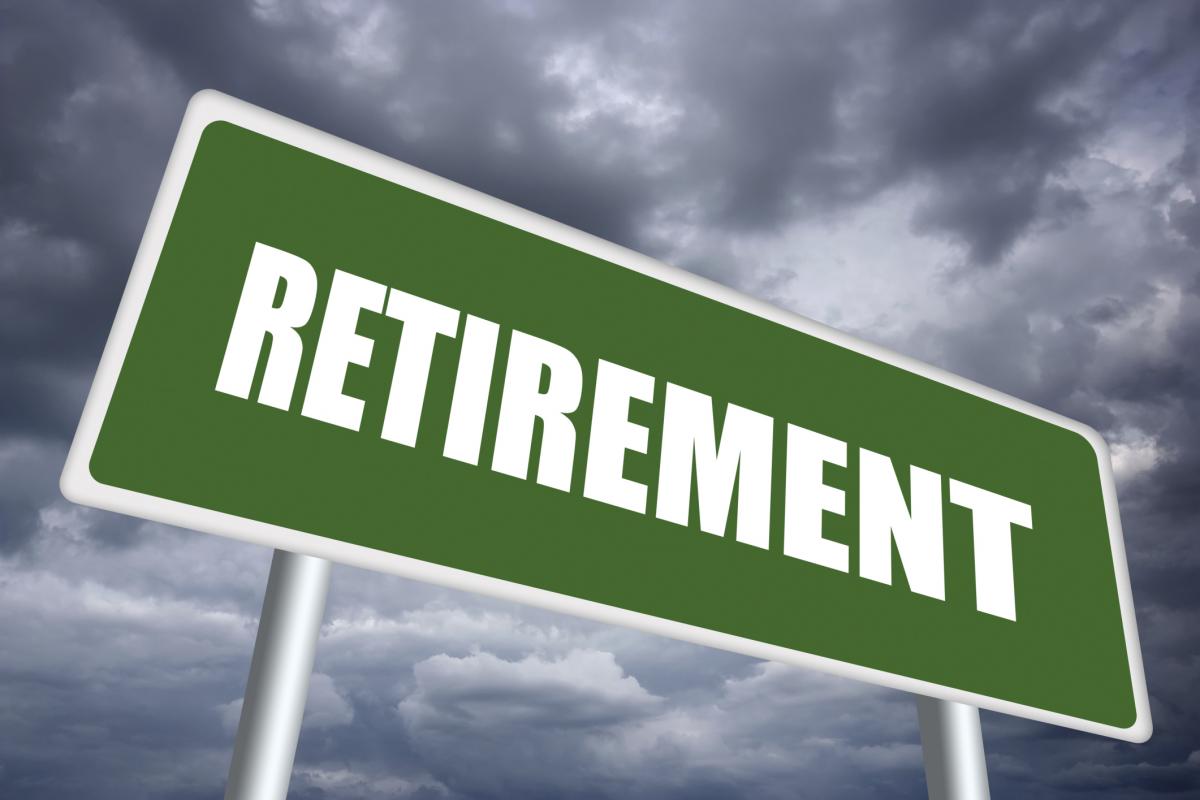 Over the last 10 years, the traditional model of retirement – with a fixed career end-date, employer-paid benefits and clear boundaries between work and retirement – has been replaced by a new and evolving model, a new study suggests.
Over the last 10 years, the traditional model of retirement – with a fixed career end-date, employer-paid benefits and clear boundaries between work and retirement – has been replaced by a new and evolving model, a new study suggests.
Today, 54% of employers, 43% of workers and 29% of retirees think the commonly used definition of retirement should be expanded to account for changes in the work model for older workers, including phased retirement, bridge jobs, gig work and encore careers, according to MetLife’s 47-page “Evolving Retirement Model Study.”
Nearly 6 in 10 employers (57%) believe that within the next five years their workers will retire at older ages than today. On average, employers say their workers will retire at age 66, up from today’s average of 64.5. As for workers themselves, 43% say they expect to retire at age 65 or older and nearly 1 in 10 (9%) think they will never retire.
The most common reason that older workers who have delayed retirement cite for the delay is that they want to continue building their retirement savings or maximize their pension benefits (45%). In addition, more than 4 in 10 (42%) say they can’t afford to retire and need income for expenses and bills, while nearly 3 in 10 (29%) cite wanting to work long enough to qualify for full Social Security benefits.
Brain Drain
Meanwhile, employers in MetLife’s 2009 study had been more concerned about the impact of a “brain” drain as older workers approached retirement age. But with many older workers staying in the workforce out of financial necessity, the impact of delayed retirement is becoming a growing concern for employers.
According to the findings, the percentage of employers concerned about the workforce impact of delayed retirement has risen to 43% in 2019, up from 26% in 2009. At the same time, the percentage of employers concerned about the knowledge drain has declined to 57% in 2019, down from 74% in 2009.
And while advantages like “knowledge transfer” exist when older workers delay retirement, there may also be workforce management issues, especially when employees are delaying retirement out of financial necessity, the study emphasizes.
In fact, more than half of employers (55%) say they wish more of their older workers would transition into retirement to allow for advancement opportunities for younger workers. Not surprisingly, most younger workers (63%) also wish more older workers would transition into retirement to allow for advancement opportunities. MetLife notes that more than a third (35%) of younger workers say that older workers remaining in the workforce past traditional retirement age are hindering their ability to get promoted and the same amount report that they have even left jobs out of frustration with not being promoted (35%).
“Compared to 10 years ago when employers were concerned with ‘brain drain,’ today’s employers are increasingly worried about the impact of delayed retirement,” says Roberta Rafaloff, vice president and head of Institutional Income Annuities at MetLife. “The passing of the SECURE Act may give more employers the confidence to offer guaranteed income options which, in turn, could help improve employee financial confidence and enable a smooth transition to retirement.”
Phased Retirement?
Another possible solution is phased retirement programs, which many workers apparently want, but few employers offer. Only 7% of workers and retirees say their employer offers/offered phased retirement and 10% of employers said they currently offer a phased retirement program.
Yet, nearly 8 in 10 workers say, if given the opportunity by their employers, they would be interested in a phased retirement program as they get close to retirement. Flexible or part-time work was the most common theme identified for how to redefine/expand the definition of retirement among employers and employees. According to MetLife, this highlights a disconnect between employers and employees in this area, as 67% of employers say their employees have not expressed interest in phased retirement programs.
Meanwhile, nearly 8 in 10 employers (79%) say they have not decided or don’t know if they will implement a phased retirement program, with regulatory barriers among the obstacles. Nearly 6 in 10 employers (58%) agree that one of the obstacles is the rule that generally prohibits plan distribution options and other features from being eliminated or modified once they are included in the plan (i.e., anti-cutback rules). Many employers also agree that regulatory complexities and ambiguities involving federal tax and age discrimination laws impact their organization’s ability to offer a phased retirement program (56%).
Further, half of employer respondents agree that phased retirement programs target older employees who tend to be higher paid and they are concerned about how retirement plan nondiscrimination rules might apply.
The study was conducted by The Harris Poll on behalf of MetLife, between April 29, 2019 and May 21, 2019, among 212 employers, 939 full-time employees and 579 retirees.

